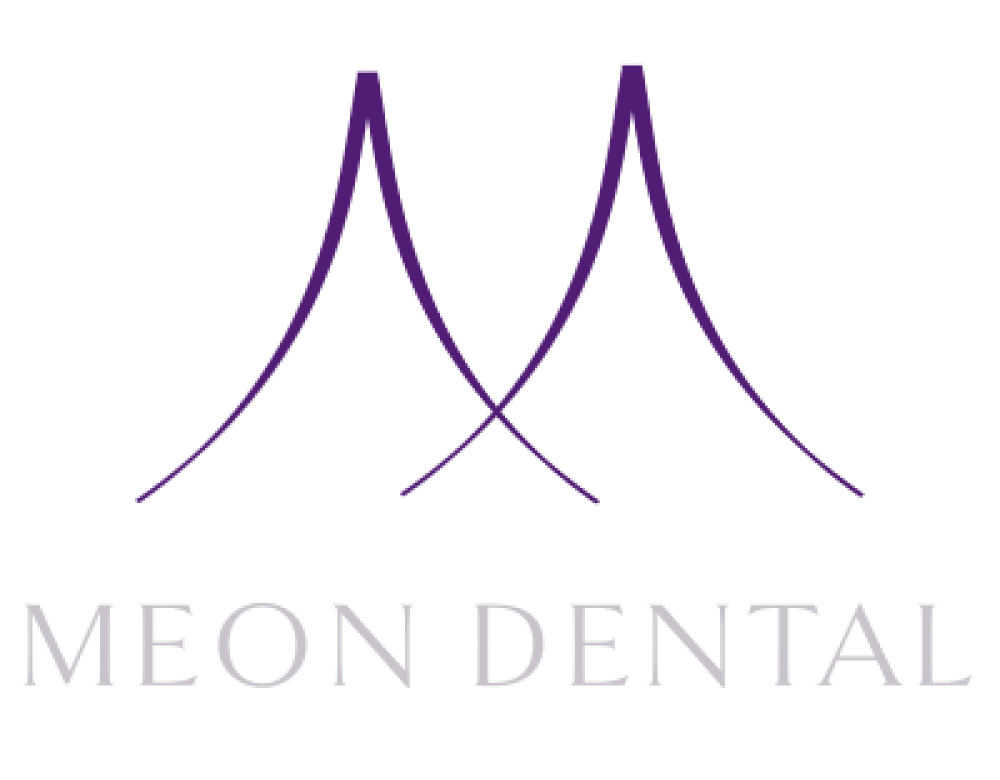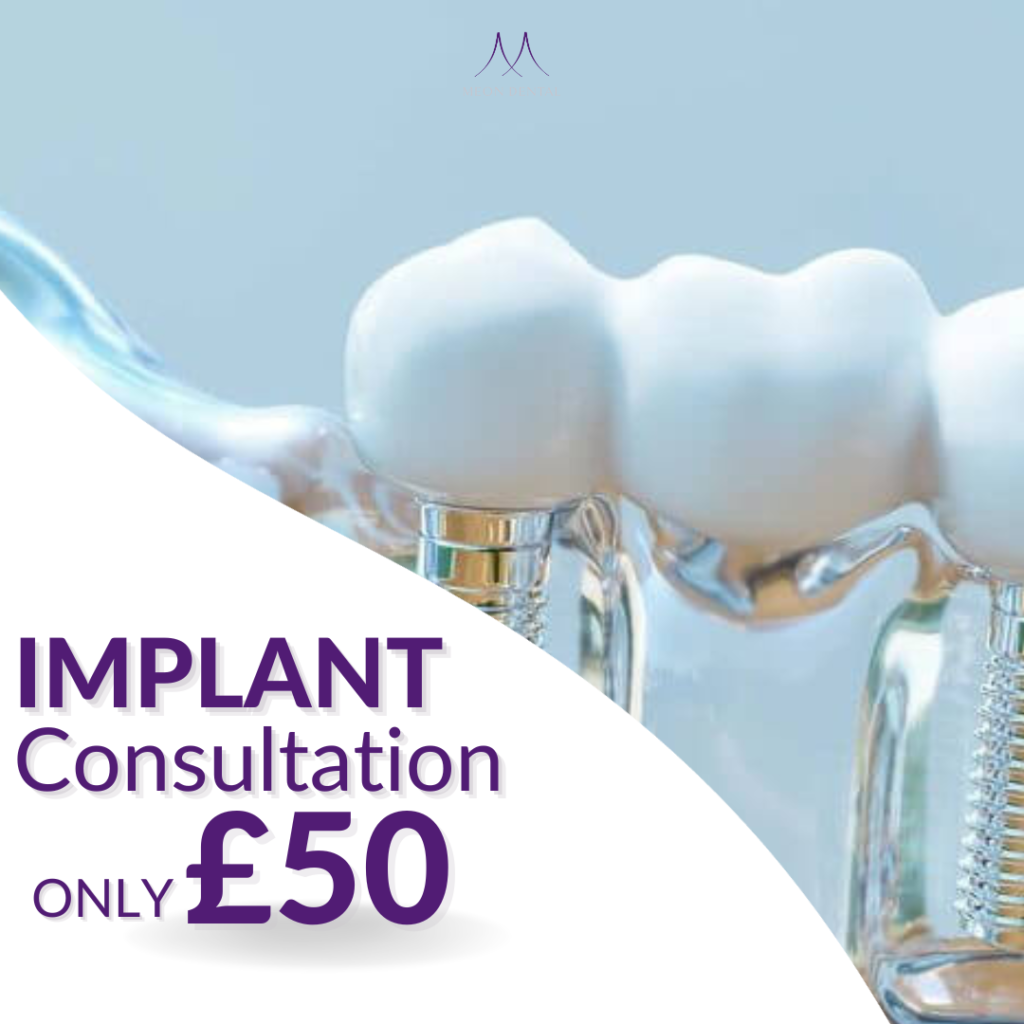FILLINGS


Cavities are a common issue, even if you have a perfect dental regime.
However, taking care of them before they get worse is essential. Tooth decay can cause cavities; if you don’t treat them in time, the bacteria and tooth decay can travel deeper into the root. A dental tooth filling is a harmless and simple procedure to restore and make your tooth good as new.
Meon Dental offer a quick and comfortable treatment
Step 1
We will gently numb the area before proceeding to remove the decay and prepare the tooth's surface.
Step 2
Our expert dental staff will prepare the filling and gently place it by ensuring it's secure.
Step 3
Your cavity will be gone, and your filling will be complete in just minutes.
A dental filling is a restorative dental procedure used to repair and restore a tooth damaged by decay or trauma. During the filling procedure, the dentist removes the decayed or damaged portion of the tooth, cleans the affected area, and then fills the cavity with suitable dental material. The filling material helps restore the tooth’s shape, function, and strength while preventing further decay or damage. Dental fillings can be made from various materials, including amalgam, composite resin, porcelain, or gold, depending on factors such as the tooth’s location, the damage’s extent, and the patient’s preferences. Overall, dental fillings are an effective and common treatment option for restoring teeth affected by cavities or minor damage.
You may need a dental filling if your tooth has been affected by decay, also known as cavities, or if it has been damaged by trauma or wear. Decay occurs when bacteria in the mouth produce acids that erode the enamel, forming a cavity. If left untreated, decay can progress deeper into the tooth, causing pain, infection, and potential loss. A dental filling is necessary to restore the structure and function of the tooth by filling in the cavity left behind after the decayed or damaged portion has been removed. The filling material seals off the area, preventing further decay and restoring the tooth’s strength and integrity. A filling can help alleviate any discomfort or sensitivity caused by the cavity and restore the tooth’s ability to chew and function properly. Overall, getting a dental filling is essential for preserving the health and function of your teeth and preventing more extensive dental problems. If you suspect you may have a cavity or damaged tooth, you must see your dentist promptly for evaluation and treatment.
Several types of dental fillings are available, each with its advantages and disadvantages. The most common types of dental fillings include:
Porcelain Fillings (Inlays and Onlays): These are custom-made fillings fabricated in a dental laboratory and bonded to the tooth. Porcelain fillings are highly durable, stain-resistant, and can be colour-matched to natural teeth for a seamless appearance. They are often used for larger cavities or to restore damaged or weakened teeth.
However, porcelain fillings are more expensive and require multiple dental visits to complete. Dental onlays do not require the removal of as much healthy tooth structure as traditional crowns, fitting snugly over the tooth’s cusp to seal the tooth. They typically repair a tooth with extensive damage, affecting the biting surface of chewing teeth, also known as the cusps. An inlay is moulded to fit into the grooves of your tooth. It does not extend over the cusps of the tooth. Inlays provide an almost invisible yet durable restoration for tooth damage. Ultimately, the choice of filling material depends on factors such as the cavity’s location, the damage’s extent, aesthetic preferences, and budget considerations. Your dentist can help you decide which filling is best suited for your needs.
The duration of a dental filling procedure can vary depending on several factors, including the size and location of the cavity, the filling material used, and the individual patient’s dental health.
A dental filling procedure typically takes between 20 minutes to an hour to complete. The dentist will first administer local anaesthesia during the procedure to numb the affected area and ensure the patient’s comfort.
Next, they will use a dental drill or other instruments to remove the decayed or damaged portion of the tooth and prepare the cavity for filling.
Once the cavity has been cleaned and prepared, the dentist will fill it with the chosen filling material, such as amalgam, composite resin, porcelain, or gold. They will carefully shape and polish the filling to ensure a comfortable fit and natural appearance.
The time required for the filling procedure may also depend on whether multiple teeth require treatment and whether any additional procedures, such as tooth bonding or dental sealants, are performed during the same appointment.
Overall, while the duration of a dental filling procedure may vary depending on the specific circumstances, most treatments can be completed in a single appointment, allowing patients to return to their normal activities relatively quickly.
With local anaesthesia, getting a dental filling is typically not painful. Before the procedure begins, your dentist will administer a local anaesthetic to numb the area around the tooth being treated. This numbing agent effectively blocks the transmission of pain signals to the brain, ensuring you do not feel discomfort during the procedure. While you may feel some pressure or minor sensations during certain parts of the procedure, such as when the dentist removes the decayed tooth structure or prepares the cavity for the filling, you should not experience any pain. If you do feel any discomfort, it’s essential to let your dentist know so they can adjust the anaesthesia as needed to ensure your comfort. After the filling procedure is complete and the anaesthesia wears off, it is normal to experience mild sensitivity or discomfort in the treated tooth and surrounding area for a few days. This can usually be managed with over-the-counter pain relievers and should subside relatively quickly. While getting a dental filling may seem intimidating, modern dental techniques and anaesthesia make the procedure comfortable and virtually pain-free for most patients. If you have any concerns or questions about the procedure, discuss them with your dentist beforehand.
The lifespan of dental fillings can vary depending on several factors, including the filling material used, the location of the filling in the mouth, the patient’s oral hygiene habits, and lifestyle factors such as diet and habits like teeth grinding. On average, dental fillings can last anywhere from 5 to 15 years or more with proper care and maintenance.
In the hours leading up to your dental filling procedure, following some general guidelines to ensure a successful and comfortable experience is essential. Here are some specific instructions to consider:
Maintain Oral Hygiene: Brush and floss your teeth thoroughly before your appointment to ensure your mouth is clean and free of plaque and debris. This can help reduce the risk of infection and ensure optimal treatment outcomes.
Avoid Eating or Drinking: It’s advisable to avoid eating or drinking anything for at least an hour before your dental filling appointment. This can help ensure your stomach is empty, reducing the likelihood of nausea or discomfort during the procedure.
Take Medications as Directed: If your dentist has prescribed any medications before the appointment, such as antibiotics or pain relievers, take them as directed. This can help manage any discomfort and ensure a smooth procedure.
Arrive on Time: Arrive at your dental office on time for your appointment to allow sufficient time for check-in procedures and to ensure that the procedure can begin promptly. This can help minimise any potential delays and ensure that you receive timely care.
Stay Relaxed: If you feel anxious or nervous about the dental procedure, practice relaxation techniques such as deep breathing or visualisations to help calm your nerves. You can also communicate any concerns or anxieties with your dentist, who can provide reassurance and support throughout the procedure.
Following these instructions can help ensure a smooth and successful dental filling procedure and minimise any potential discomfort or complications. If you have any questions or concerns about the procedure or these instructions, discuss them with your dentist beforehand.

Aftercare for a Dental Filling Treatment
Meon Dental prioritises your oral health and well-being even after your Dental Filling procedure. The essential aftercare is crucial to maintaining good oral health and prolonging the longevity of your Dental Filling.
We have prepared a comprehensive aftercare guide to assist you. Click here to see the Dental Filling aftercare guide:





